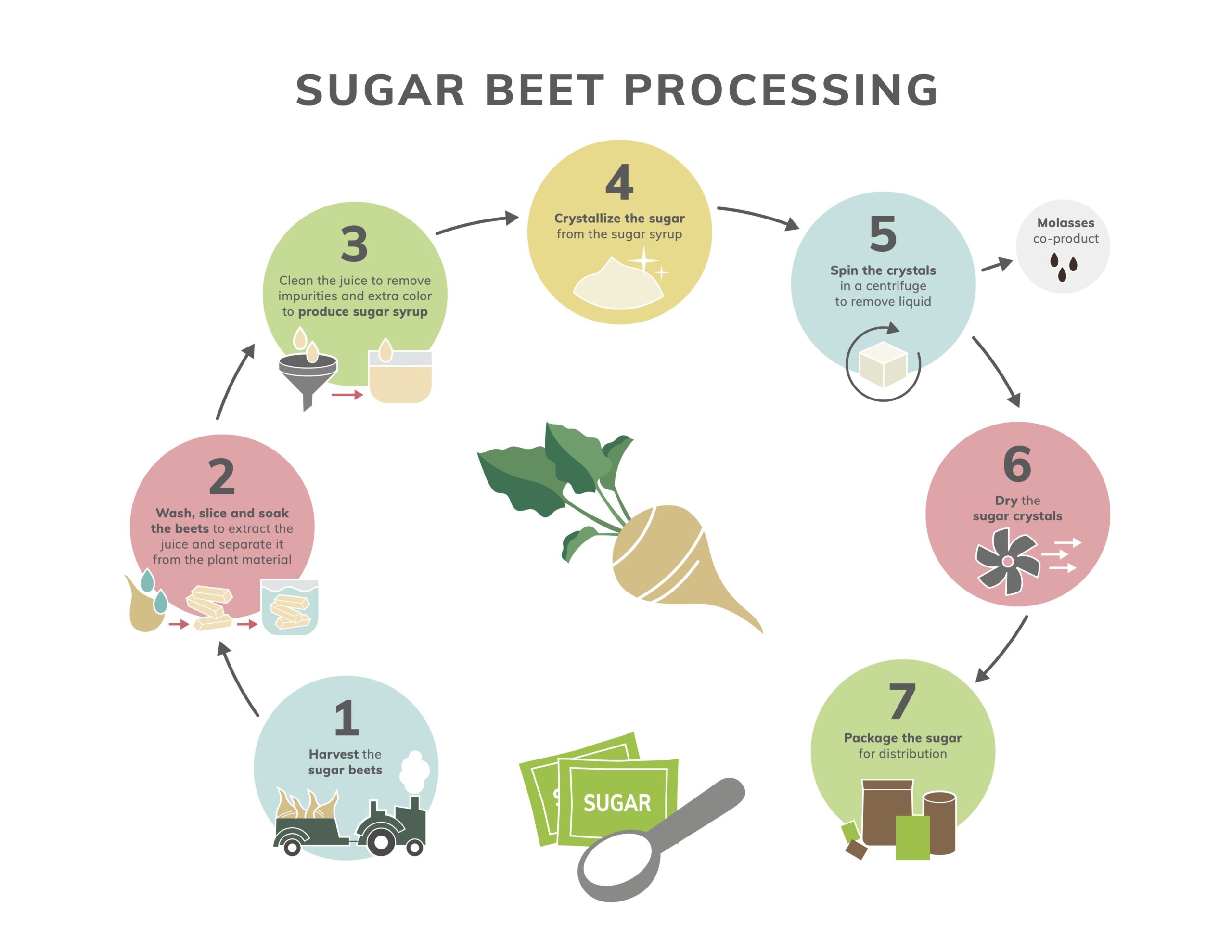Maximizar Rendimientos Y Minimizar Costos: Estrategias Avanzadas Para La Optimización Química Del Procesamiento De Azúcar De Caña
In the world of walking stick sugar processing, the search of making best use of returns while simultaneously lessening prices stands as a formidable challenge that calls for a calculated mix of advanced chemical optimization strategies. Amidst this elaborate internet of techniques lies the guarantee of opening untapped possibility and changing the really essence of sugar production.
Chemical Analysis for Performance
Chemical evaluation plays a critical function in enhancing the performance of sugar cane processing by giving vital insights into the structure and homes of the raw products. By carrying out detailed chemical evaluations on sugar walking cane examples, cpus can figure out the specific focus of sucrose, sugar, fructose, and other elements present in the raw product. This info is essential for enhancing the different stages of the sugar walking cane processing chain, from crushing to crystallization.
Moreover, chemical analysis enables processors to determine impurities such as organic acids, healthy proteins, and minerals that can affect the high quality and return of the final sugar item. By measuring these pollutants, processors can apply targeted methods to remove or reduce their results, eventually enhancing the total performance of the processing plant.
Furthermore, chemical evaluation helps with the surveillance of procedure parameters such as pH, temperature level, and thickness, permitting processors to make real-time modifications to make certain optimum problems for sugar removal and condensation. In general, a comprehensive understanding of the chemical structure of sugar walking stick is vital for making the most of returns, lessening costs, and keeping high product high quality in the sugar production industry.

Enzyme Use for Boosted Yields
With a critical approach to enzyme application, sugar cane cpus can dramatically boost their yields while keeping operational efficiency in the manufacturing process. Enzymes play a vital duty in sugar cane processing by damaging down complicated carbs into simpler sugars, hence increasing the general sugar extraction performance. By incorporating particular enzymes customized to target the different parts of sugar walking cane, such as cellulose and hemicellulose, cpus can enhance the release of sugars throughout removal.
Enzyme utilization uses the benefit of taking full advantage of sugar returns from the raw product while decreasing the energy and resources needed for handling. Through mindful selection and application of enzymes, sugar walking cane processors can optimize their operations to accomplish greater returns and profitability.
Ph Control for Ideal Processing
Enzyme utilization for increased yields in sugar walking stick processing lays the foundation for attending to the important facet of pH control for ideal processing effectiveness. Keeping the proper pH level throughout various stages of sugar cane handling is vital for making best use of returns and lessening costs. pH control is particularly critical during the removal and explanation processes. In the removal phase, preserving the proper pH aids in accomplishing efficient sucrose removal from the cane. Controlling the pH during explanation aids in the precipitation official source of impurities and non-sucrose parts, causing a purer last item. PH affects the task of enzymes involved in the break down of macromolecules, impacting the overall effectiveness of the procedure. By thoroughly checking and adjusting the pH degrees at various processing actions, sugar cane cpus can boost sugar recovery prices, minimize chemical usage, and optimize the total production process. Effective pH control not just improves the quality of the end product yet also adds to sustainable and cost-efficient sugar cane processing procedures.
Advanced Filtration Strategies
Carrying out sophisticated purification methods in sugar cane handling enhances the efficiency and purity of the final item with refined splitting up techniques. By incorporating sophisticated filtration modern technologies, such as membrane purification and turned on carbon filtration, sugar walking stick handling plants can achieve higher levels of sugar recuperation and improved quality control.

Activated carbon purification is one more sophisticated method that aids in the elimination of colorants, off-flavors, and recurring contaminations from sugar walking cane products. By utilizing activated carbon's adsorption homes, this filtering approach improves the clarity and taste of the sugar, fulfilling the high standards required by customers and sector laws.
Energy-Efficient Purification Techniques
Energy-efficient purification methods are vital for enhancing the sugar walking cane handling sector's energy usage while keeping premium product standards. Traditional purification procedures can be energy-intensive, leading to greater manufacturing prices and ecological influences (Cane Sugar Processing Chemicals). Executing energy-efficient purification approaches, such as vacuum purification or molecular distillation, can significantly minimize power requirements while enhancing overall process effectiveness
Vacuum cleaner purification entails decreasing the stress within the distillation system, which lowers the boiling factor of the liquid combination being processed. This decrease in boiling factor reduces the power needed for evaporation, leading to energy financial savings compared to standard purification approaches.
On the Resources other hand, molecular distillation makes use of short course distillation techniques under high vacuum cleaner problems to different compounds based on their molecular weight. This approach is particularly efficient for heat-sensitive compounds, as it runs at lower temperature levels, decreasing power consumption and preserving item high quality.
Final Thought
